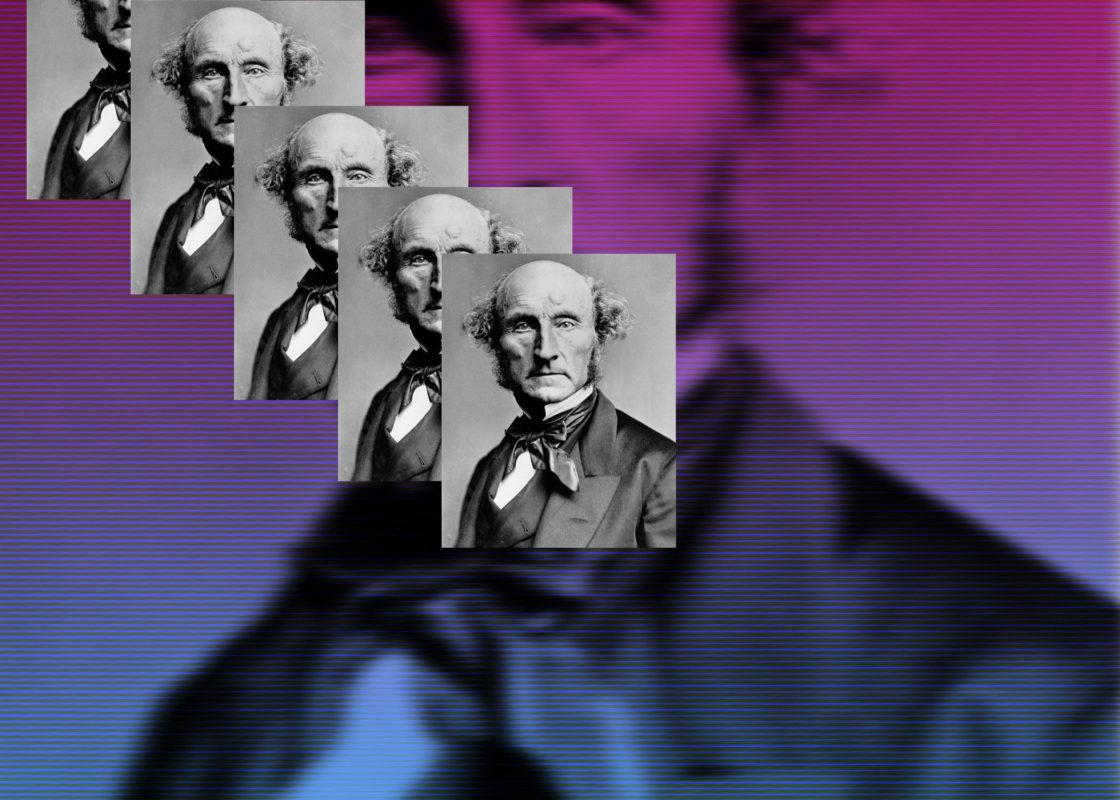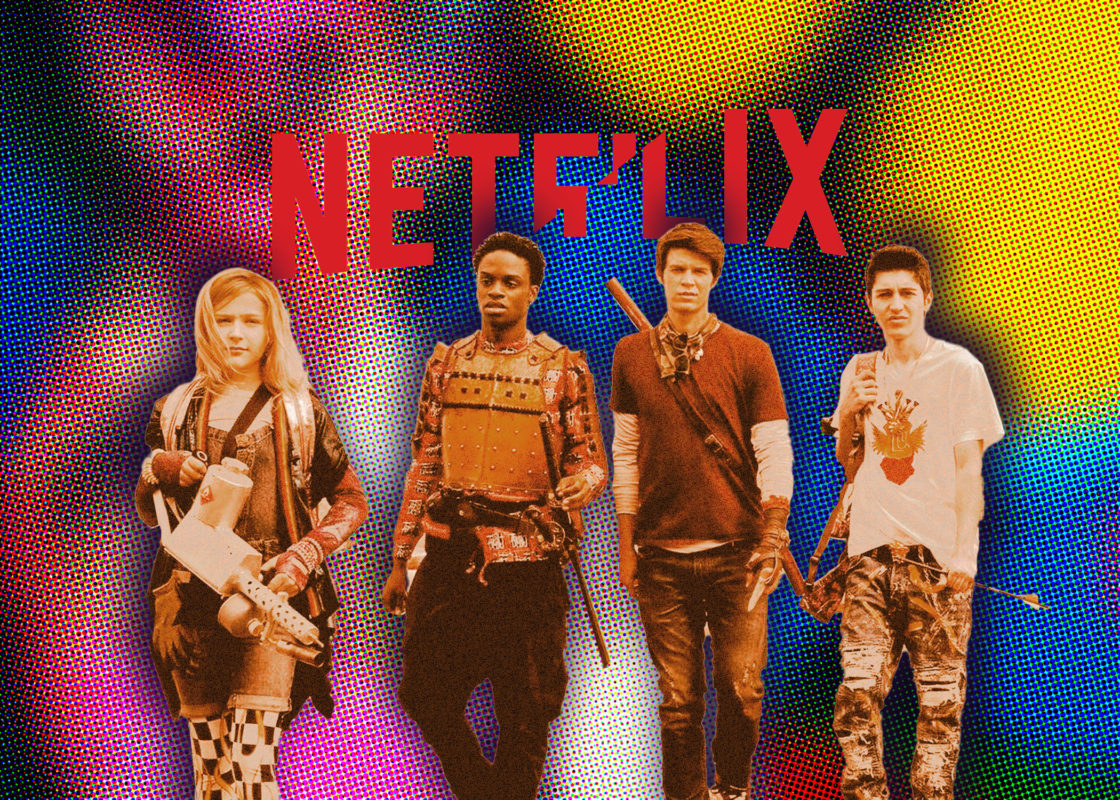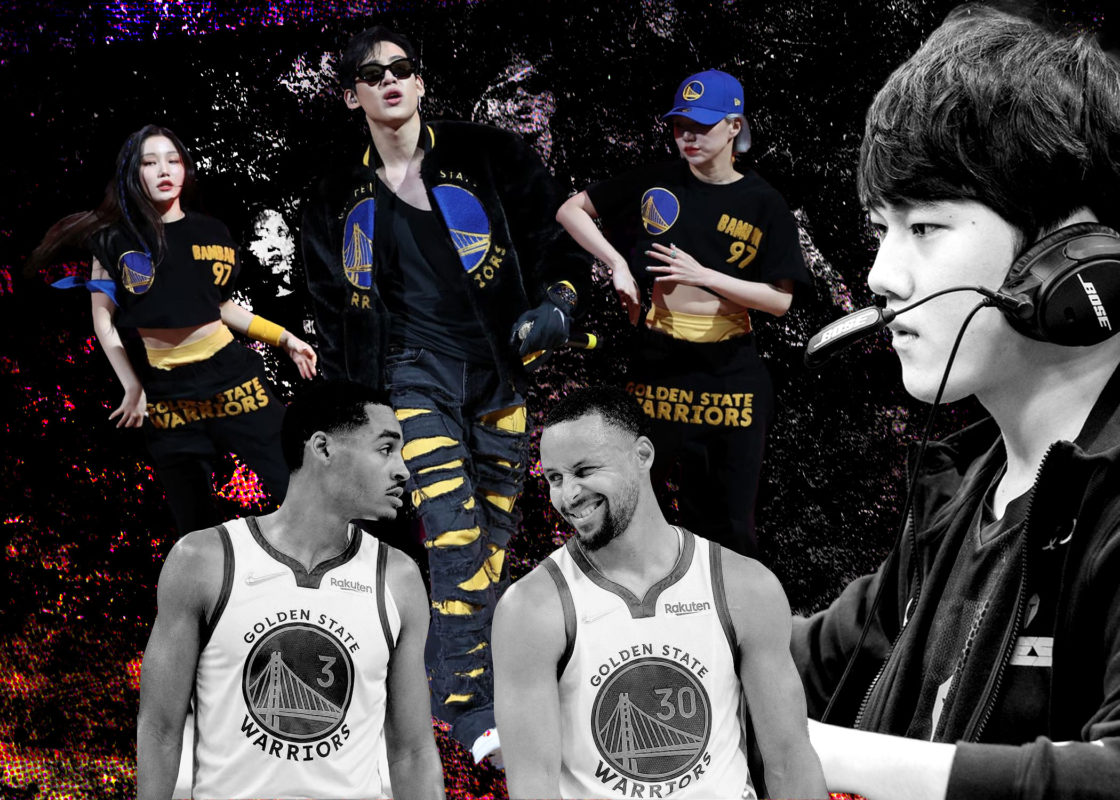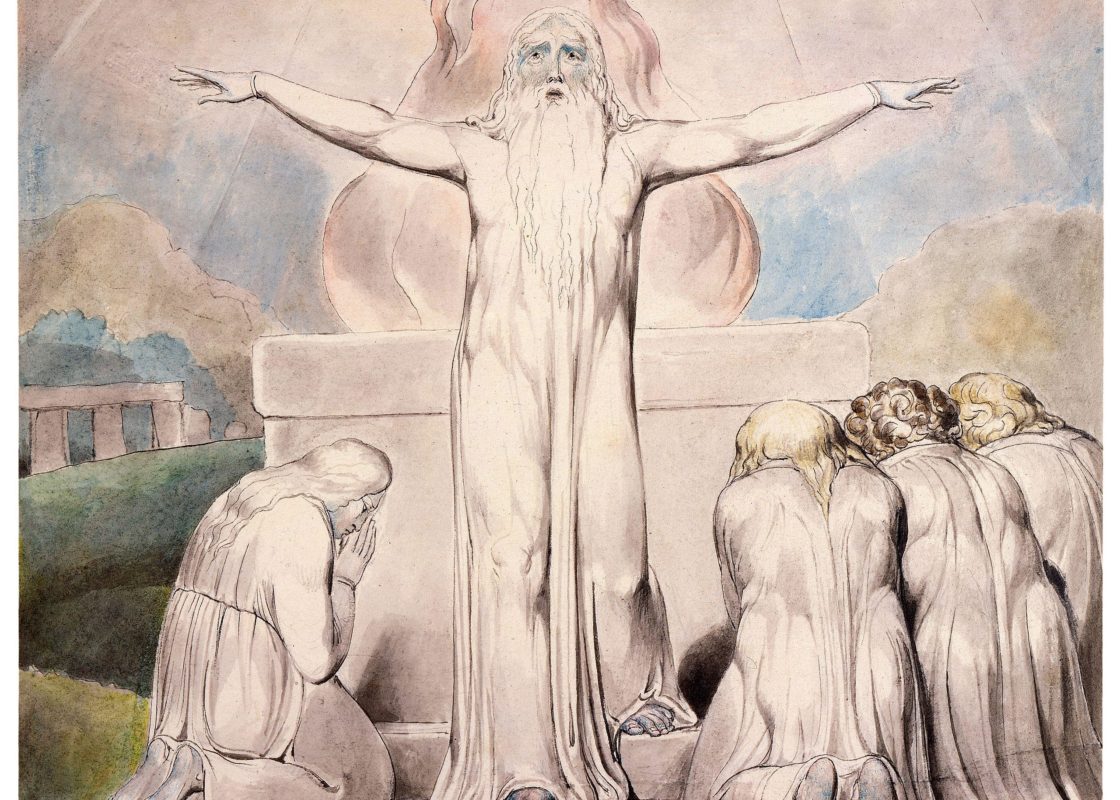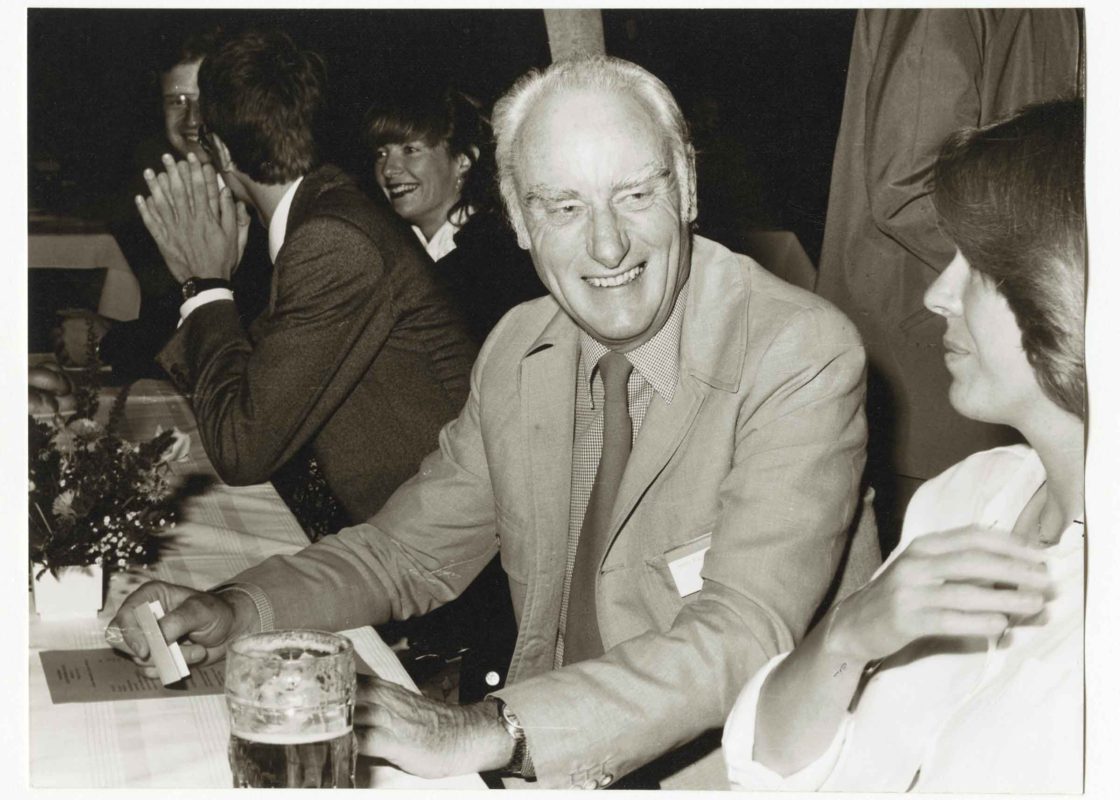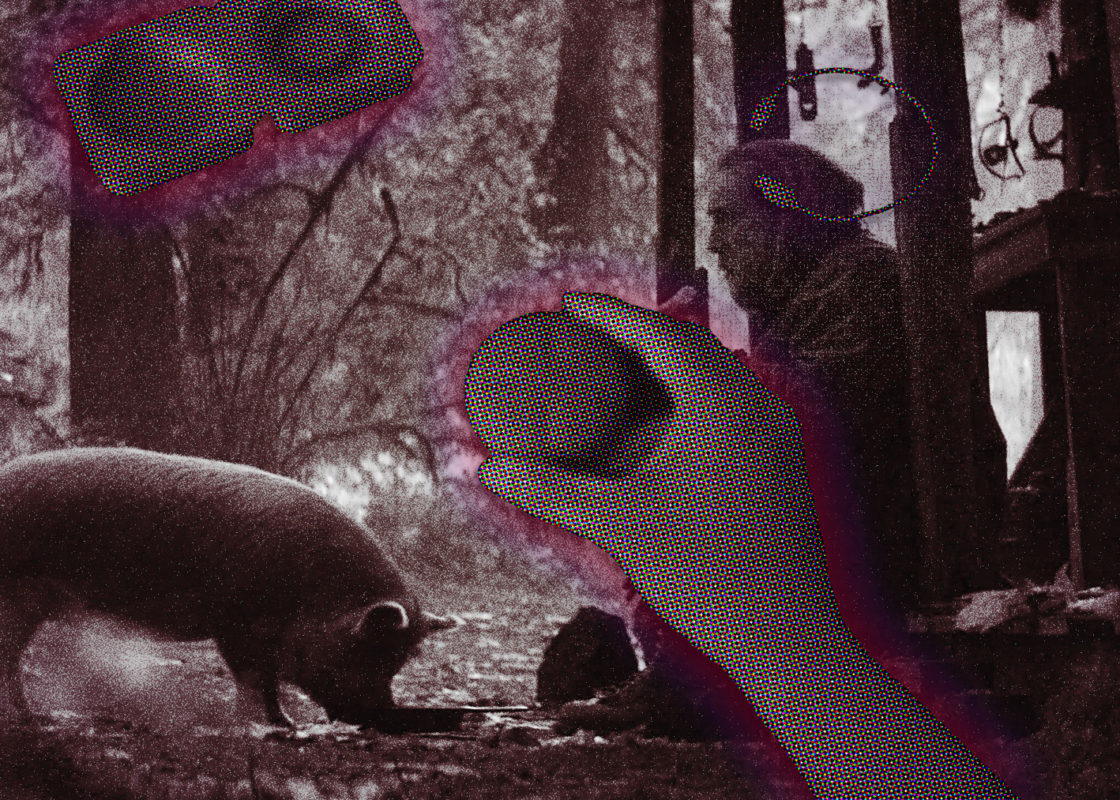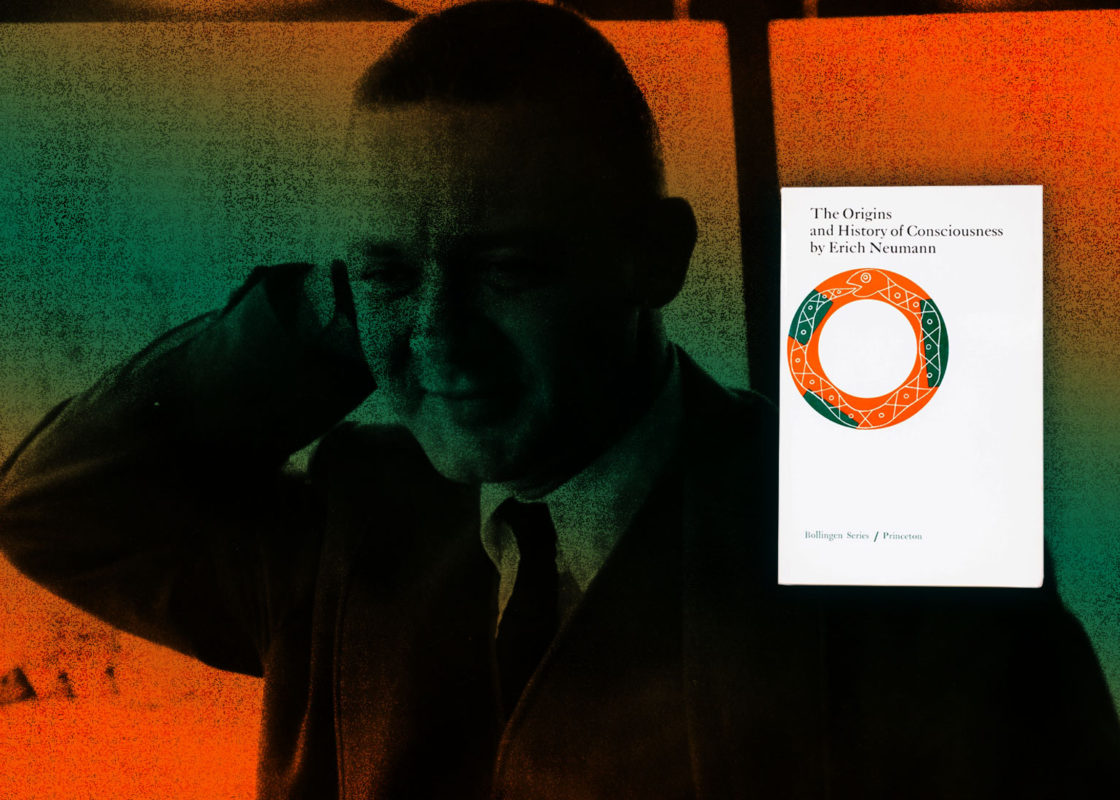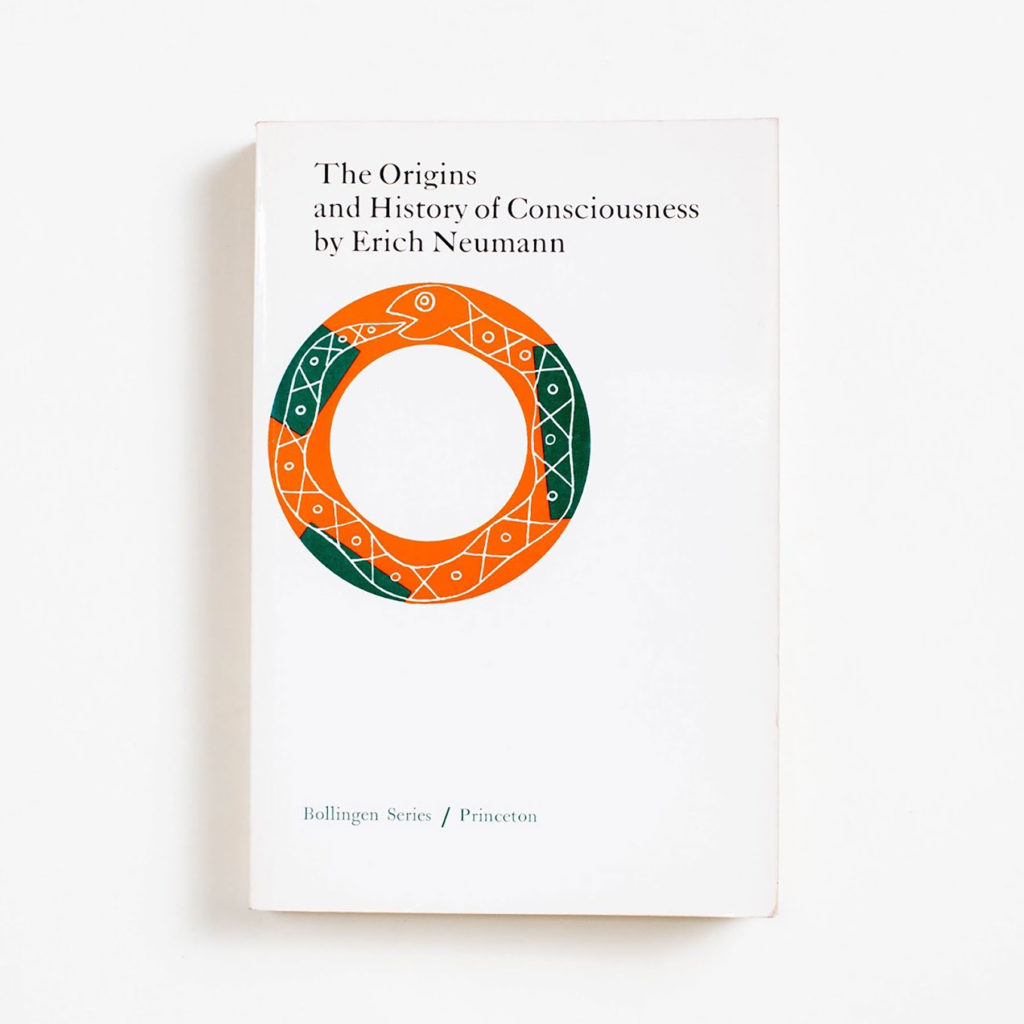On a podcast at the end of last year, Nicole LaPointe Jameson said that professional esports organizations “bridge industries that resemble a lot of traditional sports but also resemble modern-day entertainment.” Since my company works in the nebulous landscape of esports, I get asked about what the scenery looks like, and I now start that answer with a sentence that has been molded from Jameson: “Esports exists at the intersection of gaming and entertainment.”
Basketball and Esports
“Think of basketball,” I then say, comparing the world of esports to something more familiar. “There is a team on the court. They pay those players. They pay coaches to help the team improve. They do it to win and get people going to games, to compel people to watch them play.”
The same concepts apply in esports, which is what Jameson is referring to when she says esports resembles traditional sports. Everyone understands this business model. Traditional sports organizations do it, esports organizations do it.
But professional basketball is a great fit for this metaphor because the league writ large also leans into the hype surrounding the sport — not just the product that’s put on the court. The players bicker back and forth on Twitter. The arena is a fashion runway. The offseason dynamics are almost as entertaining and enticing as the in-season action.
Basketball has leaned into the magnetic pull of modern entertainment’s currency: content.
That’s how this landscape extends. From its beginnings, esports embraced content. They embraced the ecosystem surrounding their professional teams. People have been casually watching people play video games for as long as there have been esports teams. Pro orgs have long created fans of their brand through, among a number of other things, leveraging celebrity, merch, content creation, streaming, live events and collabs, Twitch chatting and community Discords, collegiate programs — all while supporting the actual teams that compete under the brand’s umbrella.
Both esports and traditional sports entities have teams — e.g. the Houston Rockets play basketball, 100 Thieves has a team that plays Valorant — but what separates traditional sports from esports is that the two interests have different starting points for colloquy. With (most) NBA teams, the chatter is first about winning titles and trade markets and salary caps; its Top Shot NFTs come later. With (most) pro esports organizations, the discourse commonly starts with the brand and its content.
Entertainment At The Center
Sports are obviously a form of entertainment, but fully-evolved modern-day entertainment is content.
It’s what makes the basketball-slash-esports metaphor really harmonize. Pro teams and pro orgs sell to their fans in a number of tangential ways that aren’t directly related to putting a product on the court (players, coaches, referees actually executing the game) and generating direct revenue (selling tickets to watch the game). Now, they’re both moving closer to pursuing the same things altogether: The importance of team success is increasing for esports orgs as the competitive world becomes more codified; the importance of off-court entertainment is rapidly extending traditional sports teams into new spheres of influence.
The Golden State Warriors, a team that plays professional basketball in the NBA, are leaning into this concept, shifting their brand to this new nexus of entertainment, initiating moves that make the team look more like an esports org than a professional basketball team. Earlier this week, the Warriors organization announced Golden State Entertainment (GSE), a division of the team that will “create licensed documentary content, produce music, and hold non-basketball live events in the Bay Area.” It will be overseen by David Kelly, the Warriors’ Chief Business Officer.
Content is king. Whether you’re talking about content in the form of games, whether you’re talking about content in the form of music, in the form of films — the ability to generate content that speaks to people will always be central.
David Kelly
Chief Business Officer, Golden State Entertainment
Not coincidentally, K-pop star BamBam is already a Warriors ambassador, previously releasing limited edition GSW x BamBam merch with the team. So why would the Warriors produce music? That’s why: GSE is set to release BamBam’s next single. They can grow revenue through the production of a documentary of him and have him perform in the Chase Center.
Traditional sports is coming to the new center of entertainment. The way esports organizations leverage content-as-a-driver for their teams will be the future for professional sports organizations. Warriors Majority Owner Joe Lacob has actually believed this for awhile now — he comes from the venture capital world and has been very public about running the Warriors with a “startup approach” — setting the entertainment train down the tracks in 2019 by announcing his intent to augment the Warriors’ organization with these ideas.
And guess where they’re looking for inspiration?
I want this to become more than a basketball team. I want it to become a sports entertainment, media, and technology company. It’s not just a team. That will become clear over the years. You can see, we’re into esports, which is related. We’ve got some other things that we’re working on as well. Utilize the management that’s here, utilize the resources we have, utilize the brand that we have, to turn this into something a little bit bigger. But I think that’ll all become obvious later.
Joe Lacob
Majority Owner, Golden State Warriors
“…The Assembling Of A New Rome,” The Athletic, Feb. 2019

